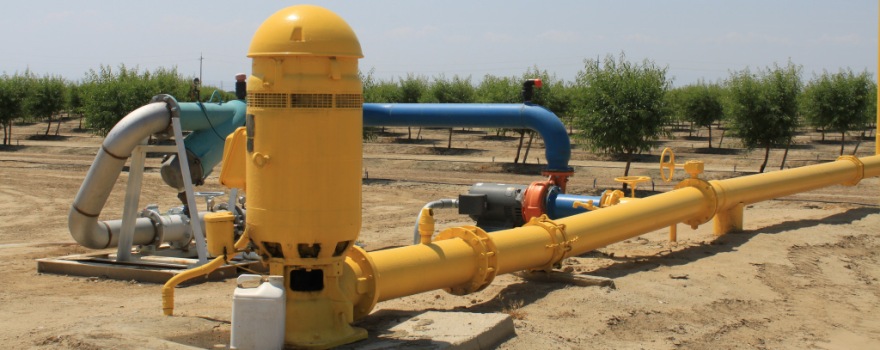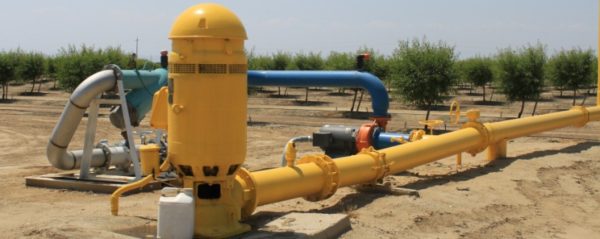Beneath the almond and citrus fields of the San Joaquin Valley lies an enormous system of aquifers that feeds some of the world’s most productive farmland. Hundreds of miles north and east, along the Nevada border, is the Surprise Valley, a remote, high-desert region undergirded by cone-shaped hollows of sediment that hold deposits of water. Both of these water systems, along with every other groundwater basin in California — a whopping 515 entities — must create individually tailored plans to manage their water use more sustainably. In scale and ambition, California’s Sustainable Groundwater Management Act (SGMA) has few parallels. And the work becomes increasingly urgent as the climate crisis makes water shortages increasingly severe.
Passed in 2014, SGMA is a complicated law that addresses what appears to be a straightforward problem: California doesn’t have enough groundwater. For decades, water users have taken out more than they put back in, with little statewide oversight. SGMA changes all that by drawing boundaries around the state’s groundwater basins (some, but not all, had been already defined and locally regulated) and requiring each one to create a local regulatory body and its own sustainability plan. These agencies must work with myriad stakeholders — public water systems, Indigenous nations, domestic and municipal well users and historically disadvantaged communities, as well as the ecosystems themselves.
Click here to continue reading this article from the High Country News.


